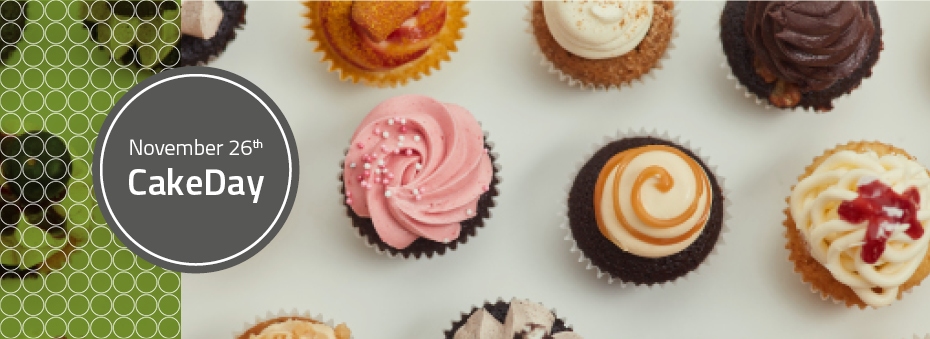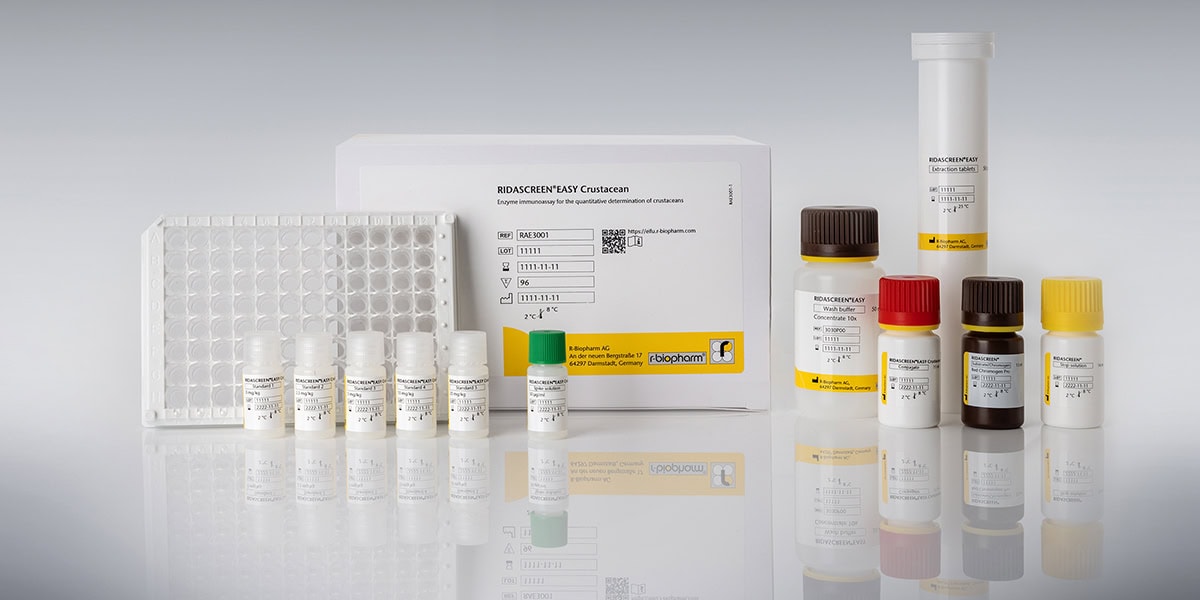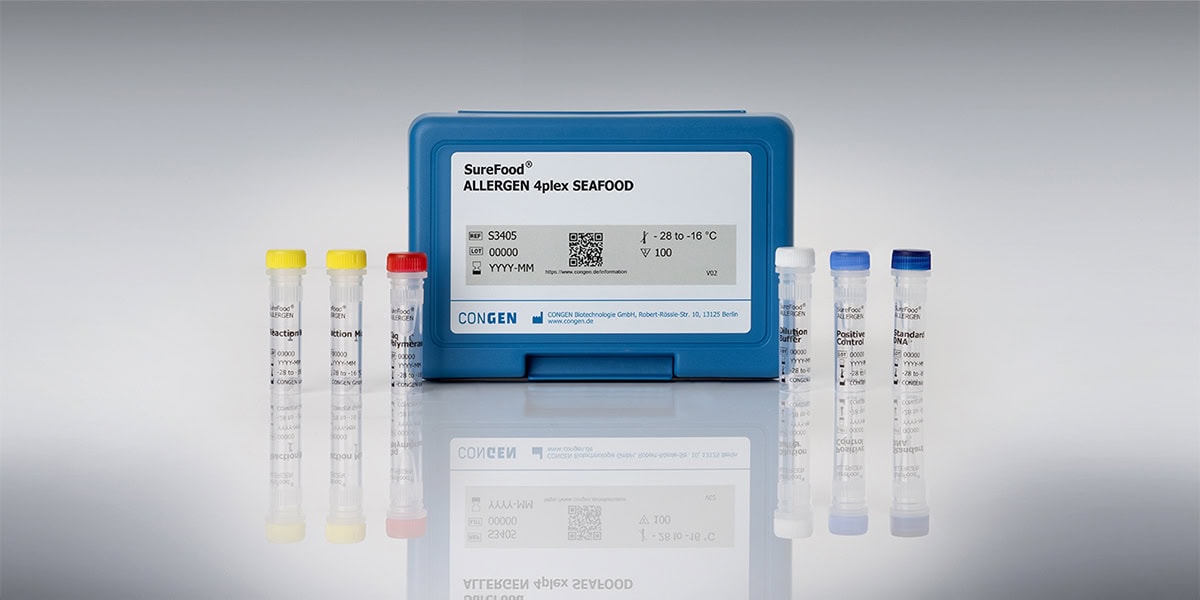
Recent news in Food & Feed Analysis
- Home
- /
- National Cake Day: Which...
National Cake Day: Which allergens can be found in cakes?

Allergens are substances that produce varied symptoms in allergy patients. As a result, allergens must be labeled. Some (such as eggs or gluten-containing wheat flour) are also found in cakes. What do allergy patients need to know about allergens in cakes? This article summarizes. Can you go into a pastry store and buy a cake without being concerned? Or how about making a cake? This is more difficult for allergy patients since they must anticipate that the sweet baked items include allergens. As a result, confectioners and bakers must additionally display a list of allergies and additives.
Possible allergens in cakes:
| Milk and milk-related items | Nuts | Cereals containing gluten such as wheat | Eggs |
|---|---|---|---|
| Lactose intolerance and cow's milk allergy are becoming more common. Lactose intolerance occurs when the body is unable to break down milk sugar owing to an enzyme deficiency. Milk allergy (also known as milk protein allergy) is a "real" food allergy that is induced by allergenic components in milk protein. As a result, milk must be recognized as a food component on the label. Cake may contain milk in its purest form, as well as cream or butter/margarine. | Nuts can be added to the cake, but they are also found in goods like chocolate. Treenuts are one group of allergens that must be listed on product packaging. Nuts include not only the popular hazelnut, but also almonds, coconuts, walnuts, pistachios, pecans, and cashews. | Gluten-containing cereals (wheat, rye, barley, oats, spelt, etc.) and items produced from them are allergens that must be labeled. Gluten intolerance is a hot topic right now (celiac disease). Food producers, as well as legislators, have been made aware of this, particularly in recent years. Gluten-containing products must bear a warning label. Foods that do not contain gluten can be labeled with the crossed-out ear of corn symbol. This marking is not necessary for items that are inherently gluten-free, such as rice or maize. Gluten enters the cake via wheat flour, but also via barley or spelt flour, for example. | Egg-containing products might cause severe reactions in allergy patients. As a result, eggs constitute a notifiable allergy. They are used as a binding agent in chocolate and in the making of dough. The egg contains numerous allergens, including ovomucoid, ovoalbumin, ovotransferrin, and lysozyme C. |
How can consumers get information?
The 14 most common allergenic substances are required to be labeled in the EU, the United States, and a few other countries. These are then noted, for example, on the box of baking mixes. Alternatively, notifications in bakeries can be examined and questioned about. As a result, allergen detection test kits are critical instruments for the food sector.
“May include traces of nuts,” many containers also state. This indicates that, while the meal was made without nuts, it is possible that it was contaminated with nuts owing to the manufacturing circumstances. This declaration, however, is optional and not specifically defined.
These ingredients replace allergens
Fortunately, allergy sufferers do not have to forego the joy of cake. On the one hand, there are recipes for allergen-free sweet baked items, such as wheat flour and milk-free cakes. Ingredients such as eggs in the dough, on the other hand, can be replaced with flaxseed or chia seeds. These chemicals have a binding effect as well. So there are methods to make allergy sufferers – both young and elderly – happy on their birthday.
Do you have any queries concerning allergy management or allergen content analysis in confectionery?
We will gladly advise you.
Here you will find 1 delicious recipe for a cake without the allergens nut and soy:
Juicy cinnamon cake with apples
- dish low-fat, nut-free, soy-free
- Working time 55 minutes
- Servings 15 pieces
- Calories 230 kcal
- Author:
What you need:
Dry ingredients:
- 250 g spelt flour type 630 or wheat flour
- 1 package baking powder (15 g)
- 50 g vanilla pudding powder or starch
- 50 g coconut blossom sugar or brown sugar
- 1/2 to 1 teaspoon ground bourbon vanilla
- 2 tsp cinnamon
Moist ingredients:
- 100 g unflavored oil
- 100 g applesauce
- 100 g liquid sweetener of choice
- juice of 1/2 lemon
- 125 ml vegetable milk of choice e.g. rice milk
- 2 medium apples
Powdered sugar (optional):
- 200 g powdered sugar sifted
- 1/2 tsp cinnamon
- 2 tablespoons water or vegetable milk
Preparation:
In a bowl, mix all dry ingredients together.
In a separate bowl, combine oil, applesauce, liquid sweetener, lemon juice and vegetable milk.
Peel and core apples, coarsely grate into bowl with wet ingredients and mix.
Mix wet ingredients with flour mixture.
Grease a large loaf pan and sprinkle in some flour (alternatively use baking paper).
Bake in a preheated oven at 175 degrees for about 40 minutes (test with a stick). Let the cake cool in the pan at room temperature.
Turn out the cinnamon cake onto a plate or wooden board. Mix ingredients for the powdered sugar frosting in a bowl with a whisk until well blended. If necessary, add more water or more powdered sugar if you find the frosting too thick or thin. Spread the frosting over the cake and let dry.
Bon appetit! 🙂



